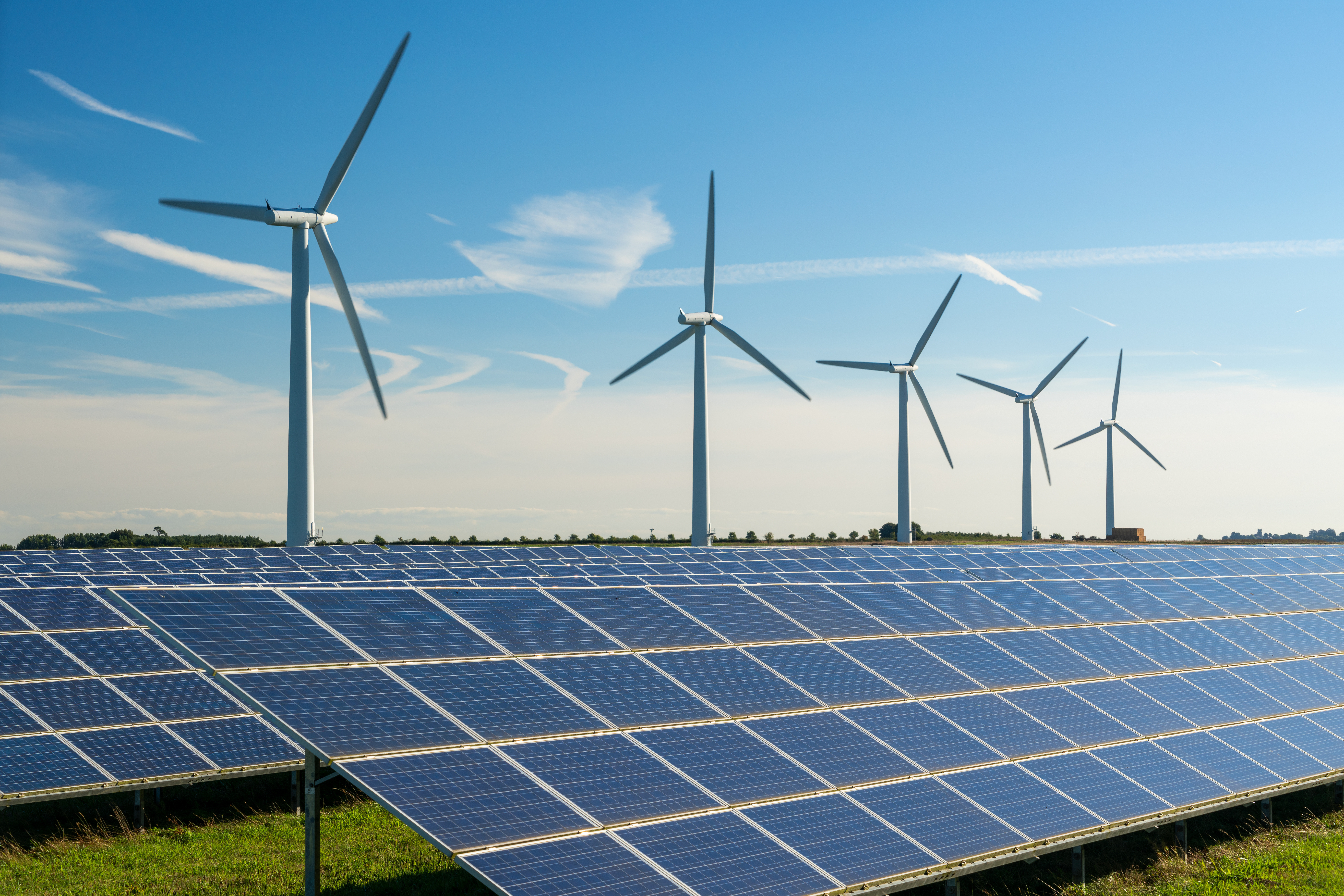For real estate developers and green investors, this creates a multi-layered challenge: the necessity of meeting these regulatory demands while also navigating the financial implications of a transition to greener practices.
Facilitating renewable energy site development
The Government’s drive to increase the amount of energy produced through renewable sites to meet Net Zero targets has led to an increase of sites being developed. They are keen to ensure that renewable energy developments use brownfield and industrial sites as opposed to prime farming land. That, coupled with Biodiversity Net Gain (BNG) becoming a planning requirement, has meant that some developers have targeted sites with challenging historic land uses to improve BNG and maximise their chances of obtaining a planning permission.
These sites encounter title risks, including but not limited to restrictive covenants, mines & minerals, lack of access rights, adverse possession, lack of searches, that can block or delay the development of renewable energy projects.
Case study: A renewable energy developer purchased a 50-acre plot of land with the vision of building a solar farm. The local authority has granted the necessary planning permissions, and they have secured a contract with the energy grid with a fixed launch date ten months from now. However, the only access way to the site requires crossing a neighbouring property and the title to the property lacks formal access rights even though the access has been used historically.
With a tight deadline looming, financial commitments for materials and construction already in place and no formal communication from the neighbouring property owner, the appointed solicitor obtains a legal indemnity policy that covers the issue of access rights. The policy provides financial protection against potential claims or disputes arising from the neighbouring property owner regarding the unauthorised use of their land for access.
Protecting renewable energy investments with legal indemnities
Legal indemnity insurance for renewable energy projects is particularly valuable due to uncertainties, unknown and identified risk that relate to title to property..
The experienced underwriting team at Legal & Contingency have developed title risk policies specifically designed to provide protection for the financial exposures and risks associated with renewable energy projects.
In addition to the standard losses, damages, compensation, settlement costs, loss in market value and professional fees, we can provide cover for additional heads of loss, such as:
- Damages or compensation awarded by a court and the costs of settling a third party’s claim out of court.
- Business interruption cover for loss of gross profits derived from the supply of electricity.
- Cost of altering, removing and reinstating windfarm infrastructure and losses incurred by a statutory undertaker.
- Capital investment in infrastructure which becomes abortive or a loss in market value.
Find more information about our renewable energy policies on our website.
Legal Indemnities won’t decarbonise the commercial real estate sector directly, but they act as crucial enablers by unblocking title and covenant issues and supporting the development of green energy infrastructure, accelerating the sector’s transition toward net zero.
Resources:
Report: The sector is set to miss its major decarbonisation targets by a decade.
Report: Real Estate is responsible for approximately 40% of global carbon emissions.

